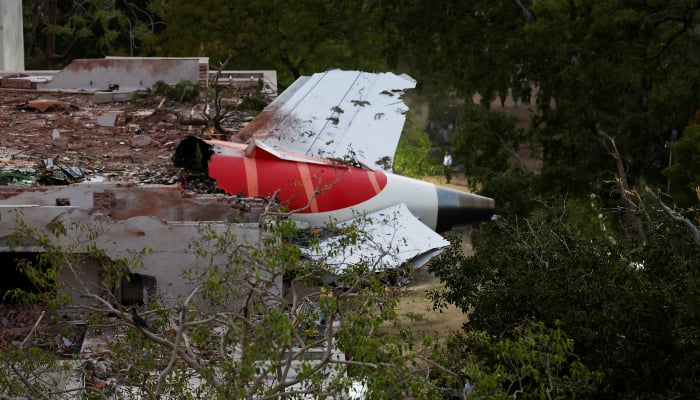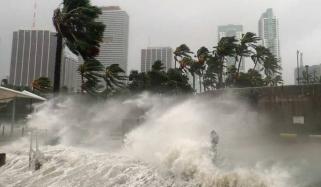
As the death toll from the Air India plane crash continued to increase, the safety concerns regarding Boeing's 787 Dreamliner mounted.
According to Reuters, the death toll from the tragic plane crash in the Boeing's 787 Dreamliner rose to 270 on Saturday, June 14, while the families of the victims still waits for the bodies of their loved ones.
The Boeing 787-8 Dreamliner carrying 242 people on board, including international passengers bound for Londonâs Gatwick Airport, took off from Ahmedabadâs international airport, but seconds later it began losing height and crashed into the residential area near the airport on Thursday.
Dhaval Gameti, president of the Junior Doctors Association at B.J. Medical College, told reporters that so far at least 270 bodies have been recovered from the site.
Among the dead, 241 are the passengers and crew of the Air India flight, while the others were residents of the area, mainly the medical collegeâs hostel, which was struck by the plane.
Boeingâs 787 Dreamliner history of safety concerns:
The recent Air India plane crash has been dubbed one of the worst aviation disasters in India that involved Boeingâs 787-8 Dreamliner, one of the most advanced passenger jets.
Although the model, the Boeing 787, has a history of safety concerns, this was its first fatal aviation incident.
The US safety regulator, the Federal Aviation Administration (FAA), has had to investigate several concerns regarding this model over the years, including a mid-air dive on a Latam flight last year, The Guardian reported.
John Barnett, a former quality manager who retired in 2017, in 2019 warned about the sloppy work around the wires that connect the planesâ flight control systems and threatened about âcatastrophicâ consequences.
The whistleblower and a former engineer, last year during Washington hearings, urged the company to ground all 787 Dreamliners globally, but Boeing dismissed the concerns and expressed full confidence in the safety of its aircraft.
Boeing, in a statement on its website, defended the Dreamliner, saying, âFor the in-service fleet, based on comprehensive analysis, no safety issues have been identified related to composite gap management, and our engineers are completing exhaustive analysis to determine any long-term inspection and maintenance required, with oversight from the FAA.â
The government has also multiple times ordered the company to reinspect all 787 aeroplanes following the problem of unacceptable gaps in the Dreamlinerâs fuselage.
Notably, currently there are more than 1,100 Dreamliner 787s in service, and most of the major airlines are using them.












